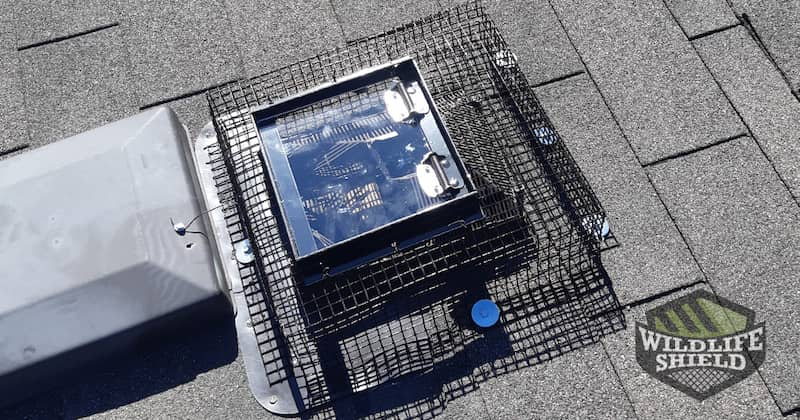Your roof is a crucial component of your home, protecting you and your belongings from the elements. However, it’s not just rain, wind, and snow that can threaten the integrity of your roof. Raccoons, those masked bandits of the animal kingdom, can also pose a significant risk. In this article, we’ll explore how raccoons can cause costly damage to your roof and what you can do to prevent it.
The Roof Invaders: How Raccoons Cause Damage
Raccoons are intelligent and resourceful creatures, and when they decide to take up residence in your attic, they often access it through your roof. Here’s how they can cause damage:
- Roof Vent Damage: Raccoons are excellent climbers and can easily gain access to your roof. They may damage roof vents, soffits, or eaves to create an entry point. Once inside, they can wreak havoc on your attic.
- Chewing and Clawing: Raccoons have sharp claws and strong teeth. In their quest for shelter, they may scratch, chew, or tear through roofing materials, insulation, and wiring in your attic. This can lead to structural damage and create entry points for water and other pests.
- Nesting and Defecating: Raccoons don’t just move into your attic; they create nests and use it as a latrine. Their droppings can harbor diseases and damage insulation. Plus, their nests can block ventilation and create fire hazards if built near electrical wiring.
- Roof Entry Points: Raccoons are persistent and can find creative ways to access your attic, even if you’ve sealed obvious entry points. They may exploit weaknesses in your roof’s structure or create new openings.
Preventing Raccoon Damage to Your Roof
Preventing raccoon damage is more cost-effective than dealing with repairs after an infestation. Here are some proactive steps to protect your roof:
- Trim Trees: Raccoons are excellent climbers and often access roofs via overhanging tree branches. Trim branches that provide easy access to your roof.
- Secure Trash Bins: Raccoons are attracted to food sources. Ensure your trash bins have tight-fitting lids to discourage raccoons from foraging around your property.
- Install Chimney Caps: If you have a chimney, installing a chimney cap with a spark arrestor can prevent raccoons from entering your home through the chimney.
- Inspect and Repair: Regularly inspect your roof for signs of damage or potential entry points. Pay attention to loose or damaged shingles, vents, and soffits. Address any issues promptly to prevent raccoon access.
- Seal Entry Points: If you suspect raccoons have already gained access to your attic, seal entry points immediately. Use materials like galvanized steel mesh or heavy-duty wire screens to prevent reentry.
- Remove Attractants: Don’t leave pet food or birdseed outside, as these can attract raccoons. Secure outdoor food sources.
- Professional Raccoon Removal: If you suspect raccoons have already invaded your attic, seek professional raccoon removal services. Attempting to remove raccoons on your own can be dangerous and ineffective.
Conclusion
Raccoons are skilled opportunists, and when it comes to your roof, they can cause costly damage and potential health hazards. Preventing raccoons from accessing your roof and attic is the best strategy for protecting your home. Regular inspections, repairs, and proactive measures can save you from the headache and expense of raccoon-related roof damage. By safeguarding your home, you can enjoy a raccoon-free and worry-free living environment.
Professional, high-quality, and accessible raccoon control services in Port Hope. Guaranteed raccoon removal from your private or commercial property done by specialized raccoon removal experts with years of experience

